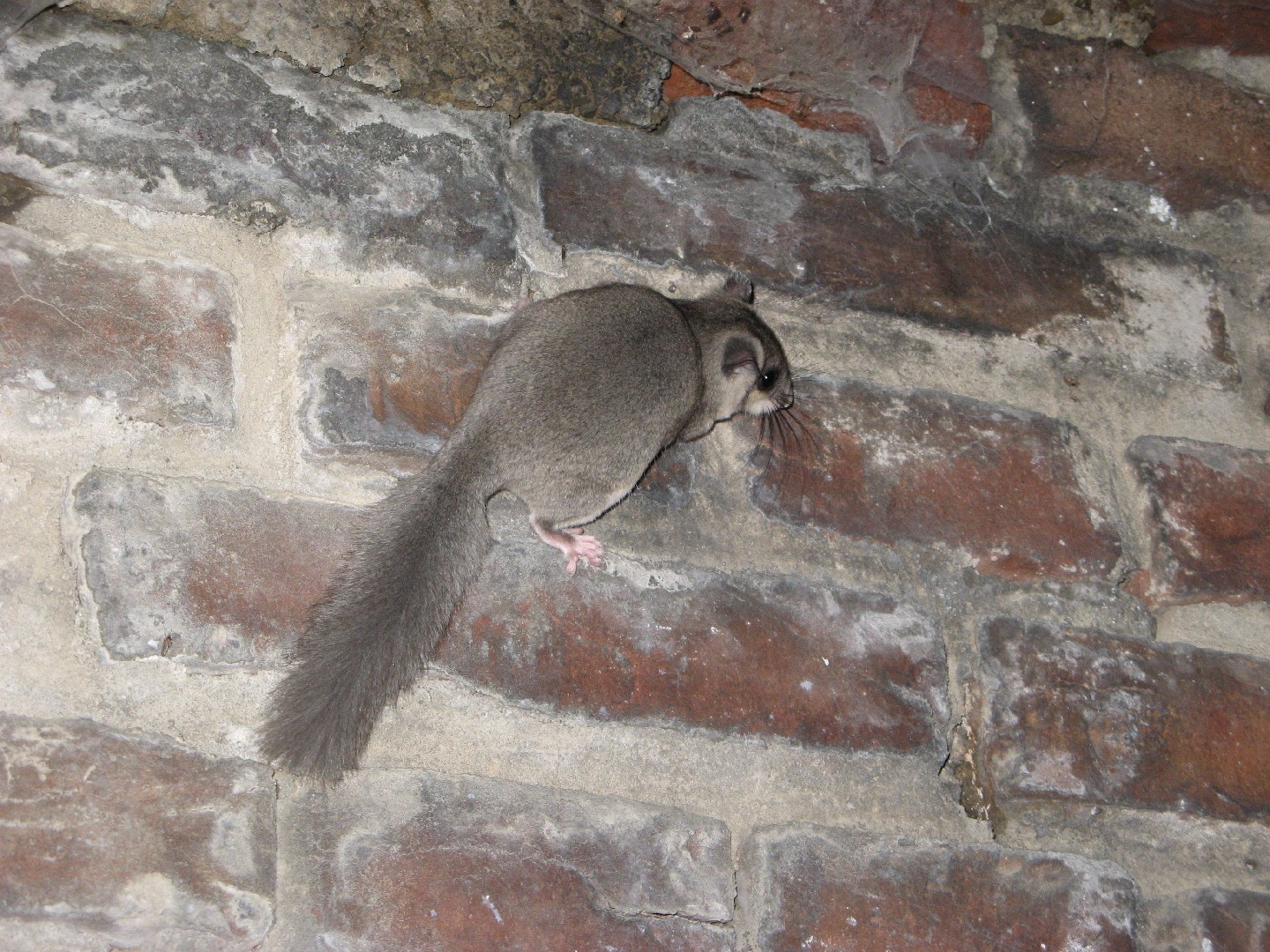Siberian flying squirrel
A species of Old world flying squirrels Scientific name : Pteromys volans Genus : Old world flying squirrels
Siberian flying squirrel, A species of Old world flying squirrels
Scientific name: Pteromys volans
Genus: Old world flying squirrels
Content
Description General Info
 Photo By MSha , used under CC-BY-SA-3.0 /Cropped and compressed from original
Photo By MSha , used under CC-BY-SA-3.0 /Cropped and compressed from original Description
The European gliding or flying squirrel (Pteromys volans) is a type of sliding croissant. It is also known as the "common" squirrel.
General Info
Lifespan
6-10 years
Diet
Siberian flying squirrel's diet primarily consists of vegetation, particularly leaves and sprouts. Apart from these, they also consume nuts, berries, and occasionally insects, representing the lesser-known omnivorous aspect of their primarily herbivorous dietary regimen.
Appearance
Siberian flying squirrel is a small-sized mammal with a slender body, sized between 18-25 cm. Its fur has a dual-tone color, with the upperside boasting a bluish gray and underside, a pure white. The standout features are the membranes stretching between limbs, helping in gliding, and its long-haired, bushy tail. Both genders look similar, with no significant changes due to age or subspecies.
Behavior
Siberian flying squirrel is a nocturnal, arboreal rodent, largely indulging in single-gliding flights between trees in search of food, primarily tree sap, bark, and plants. An invariable larder hoarder, it exhibits solitude outside the mating season. Remarkably, it makes vocal calls and uses scent marks for territory defense.
Population
Decreasing
Scientific Classification
Phylum
Chordates Class
Mammals Order
Gnawing mammals Family
Squirrels Species
Siberian flying squirrel